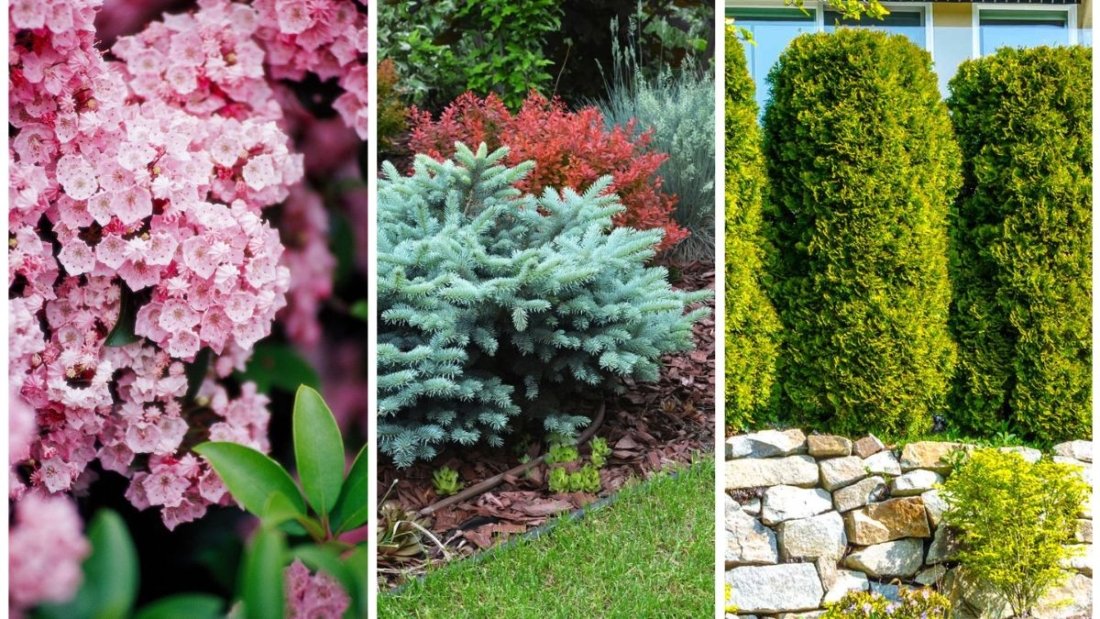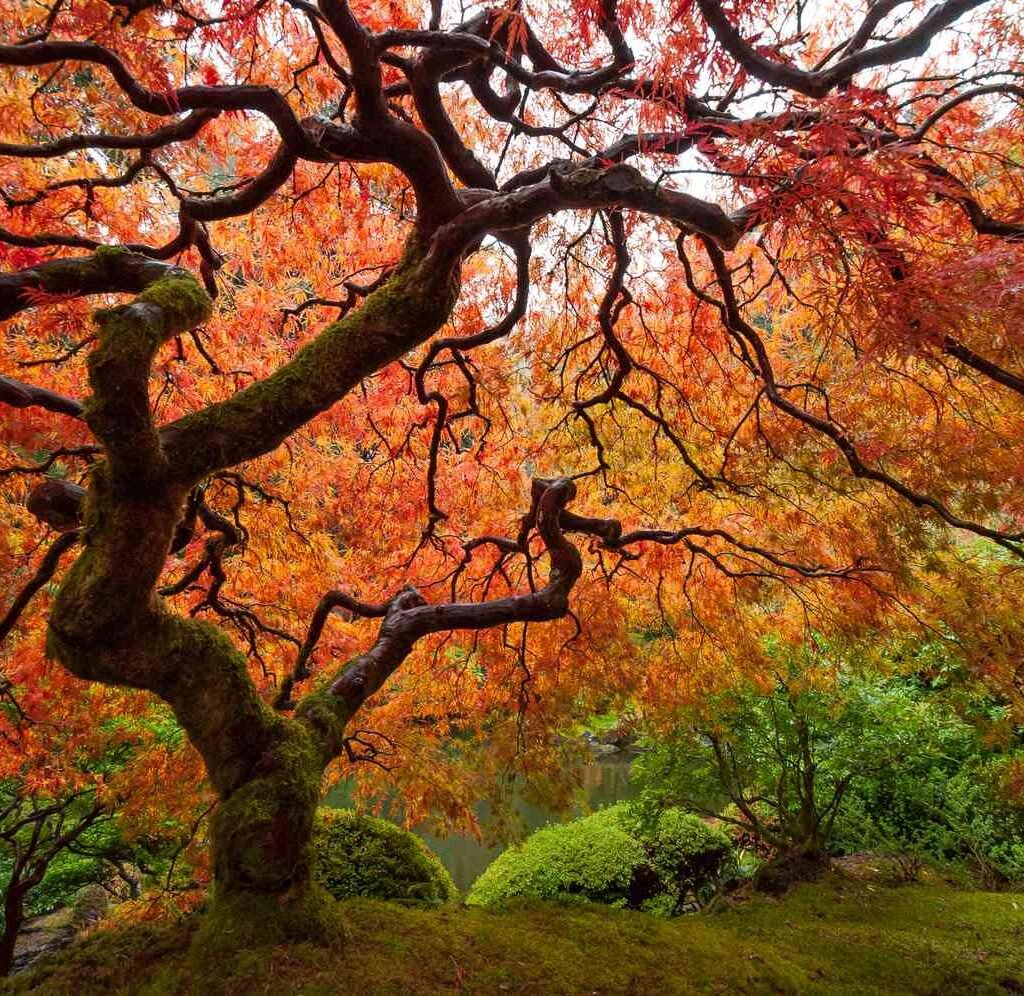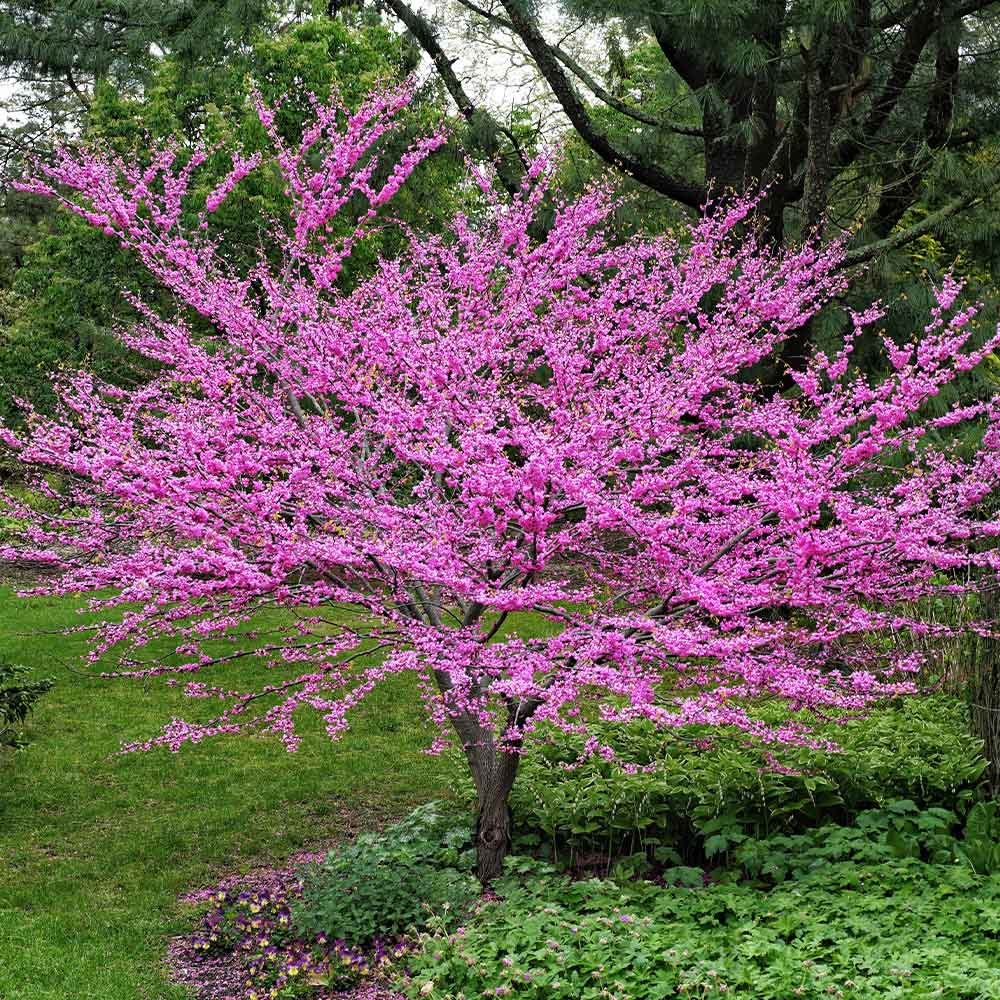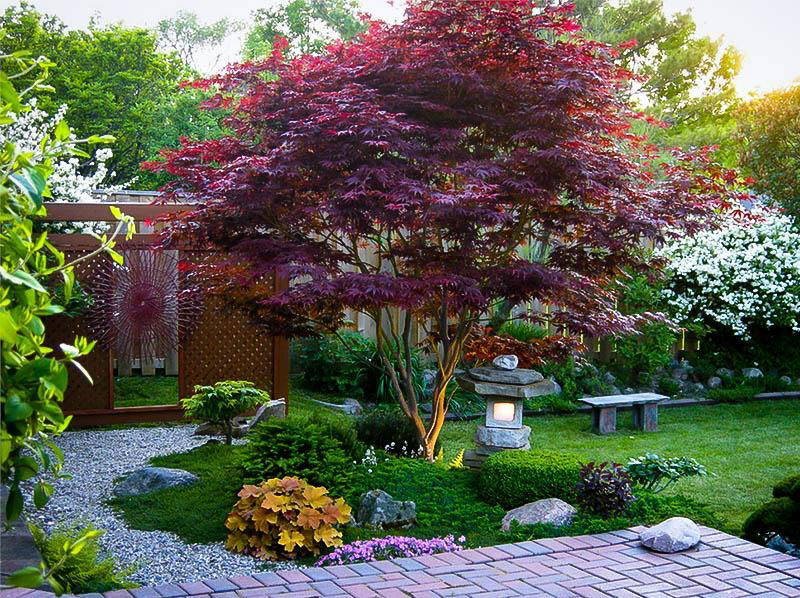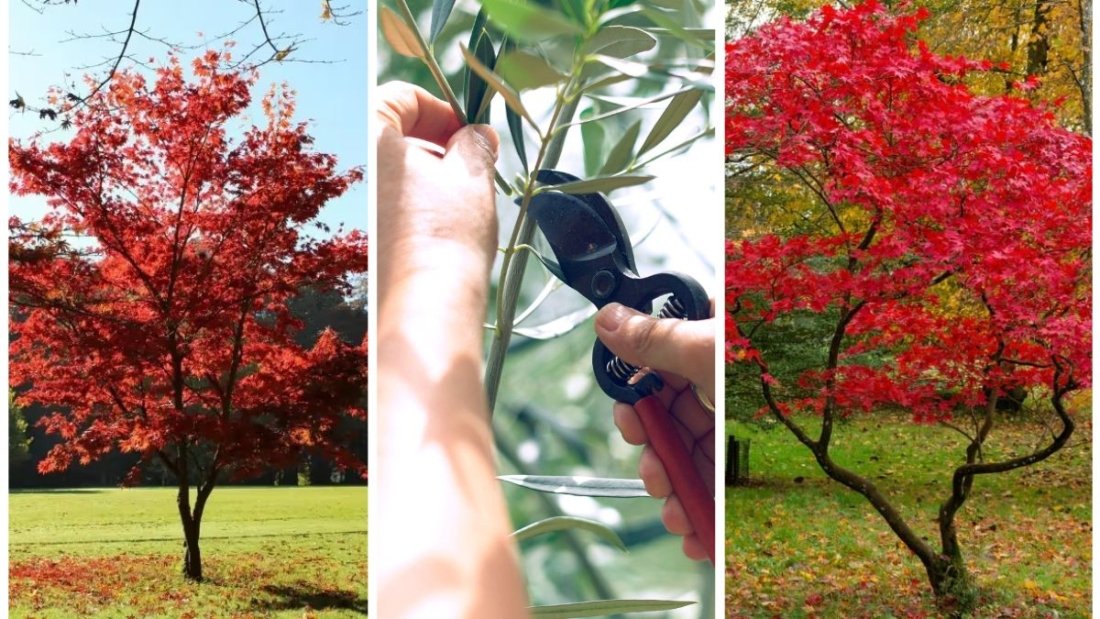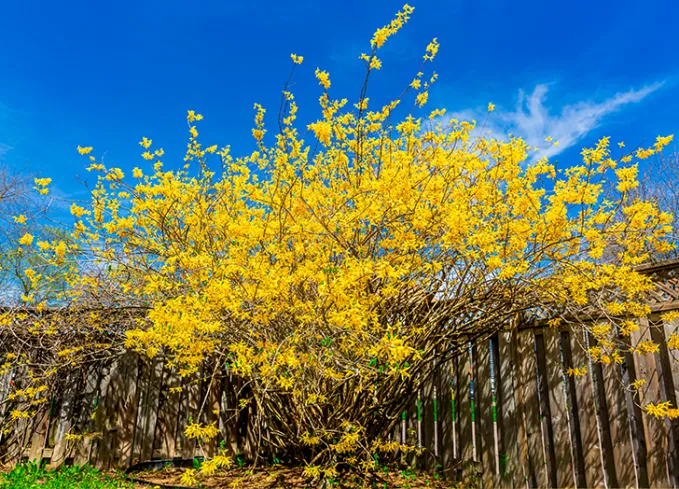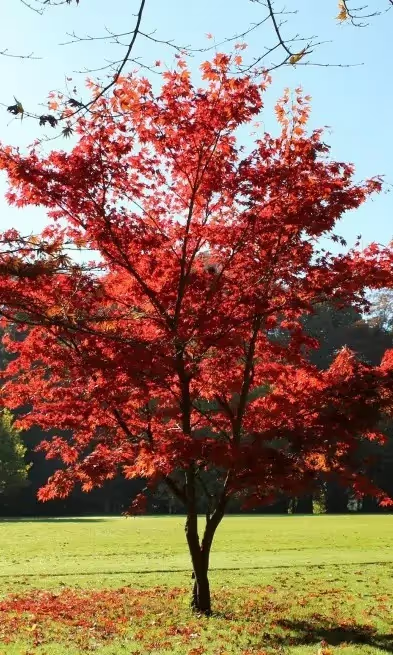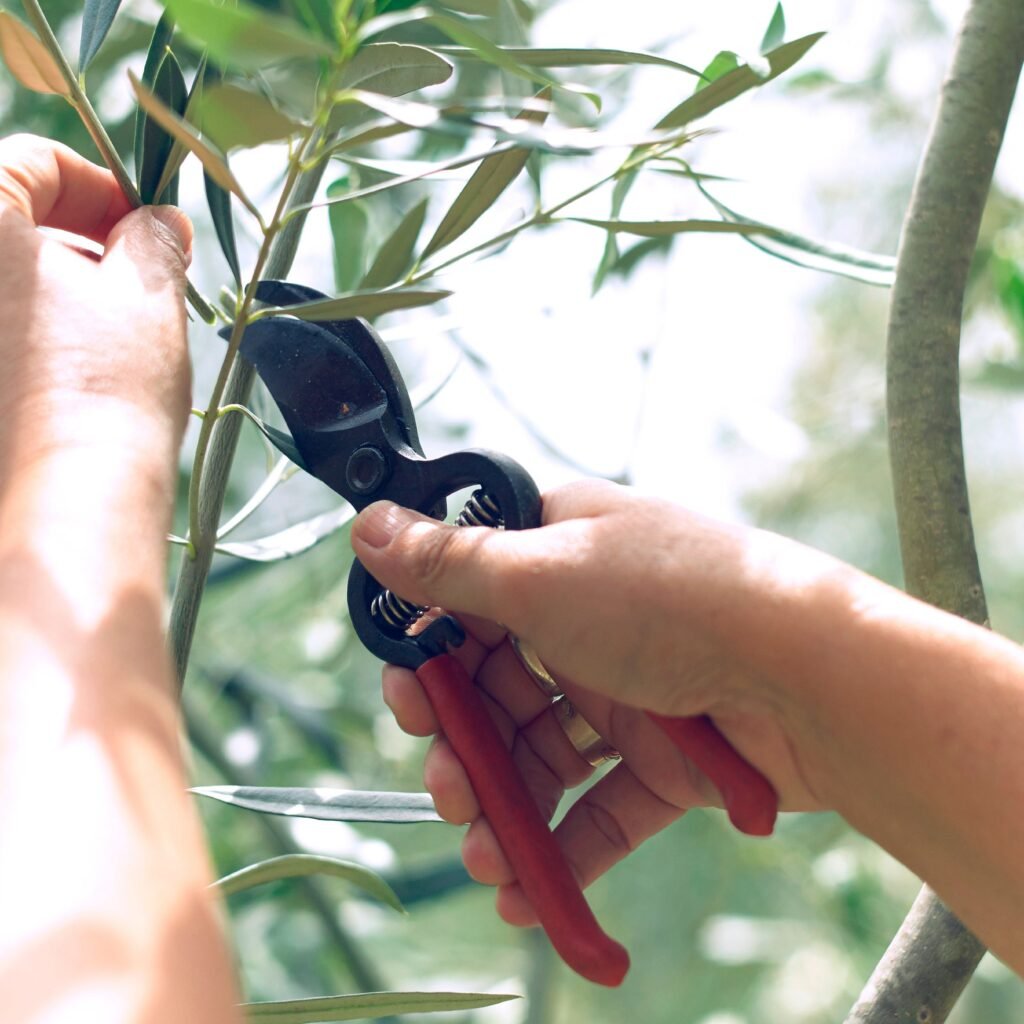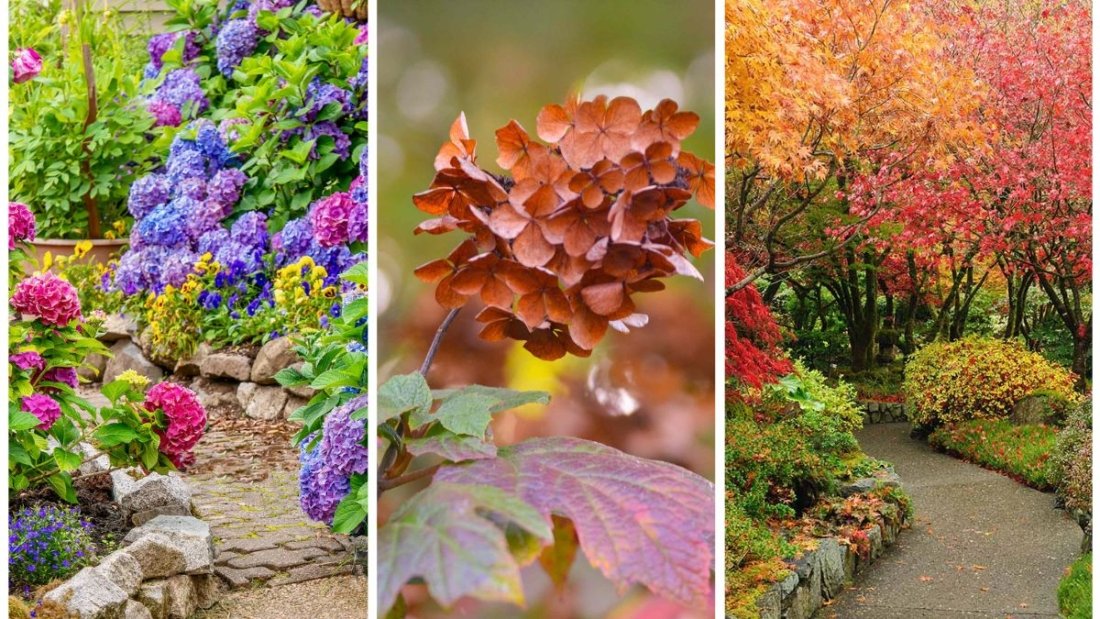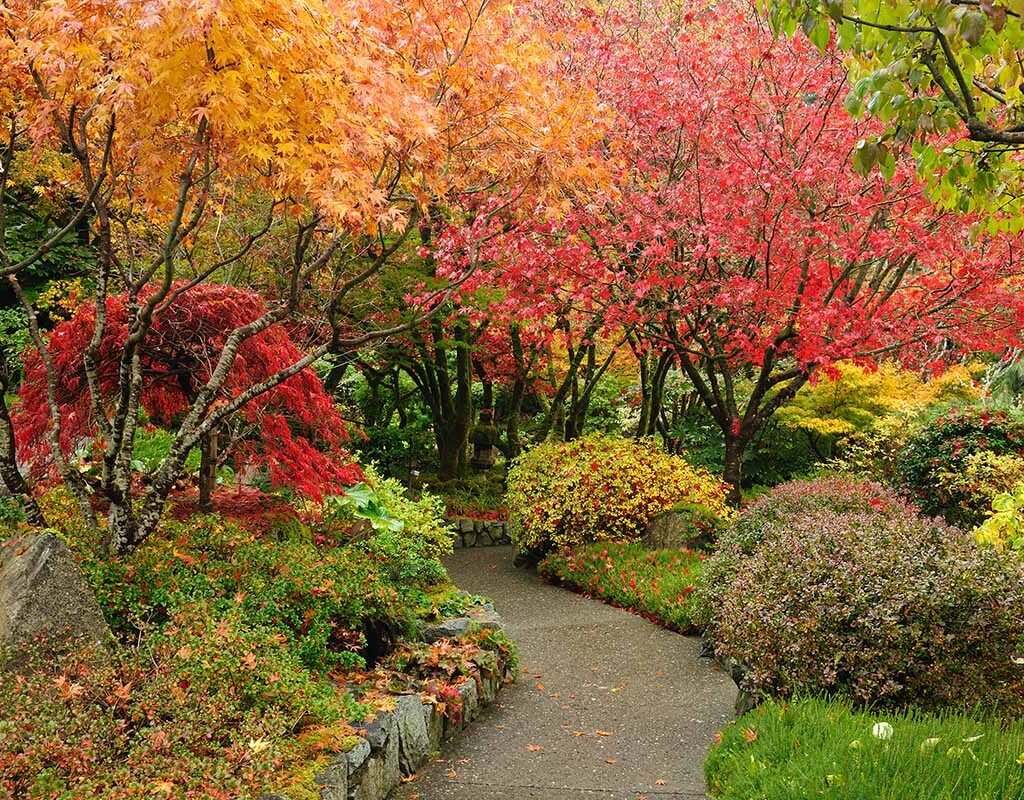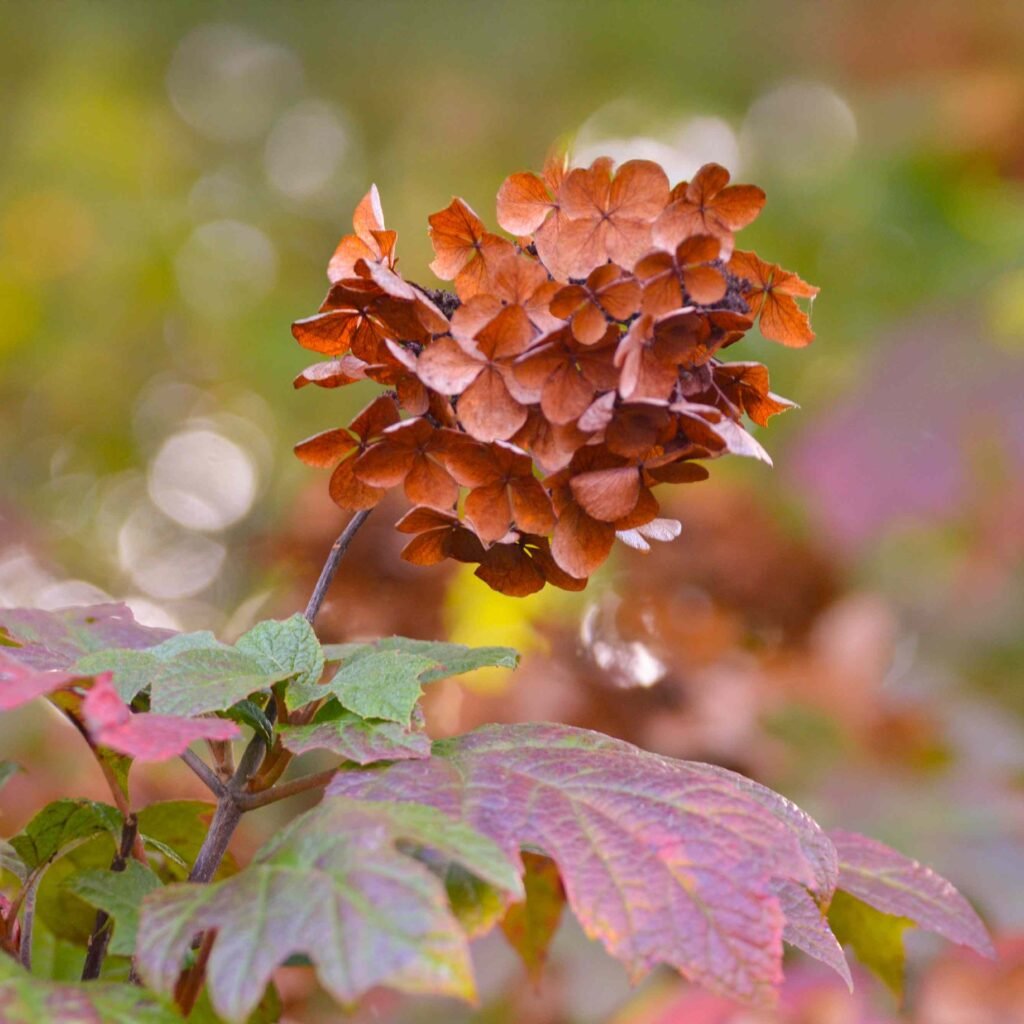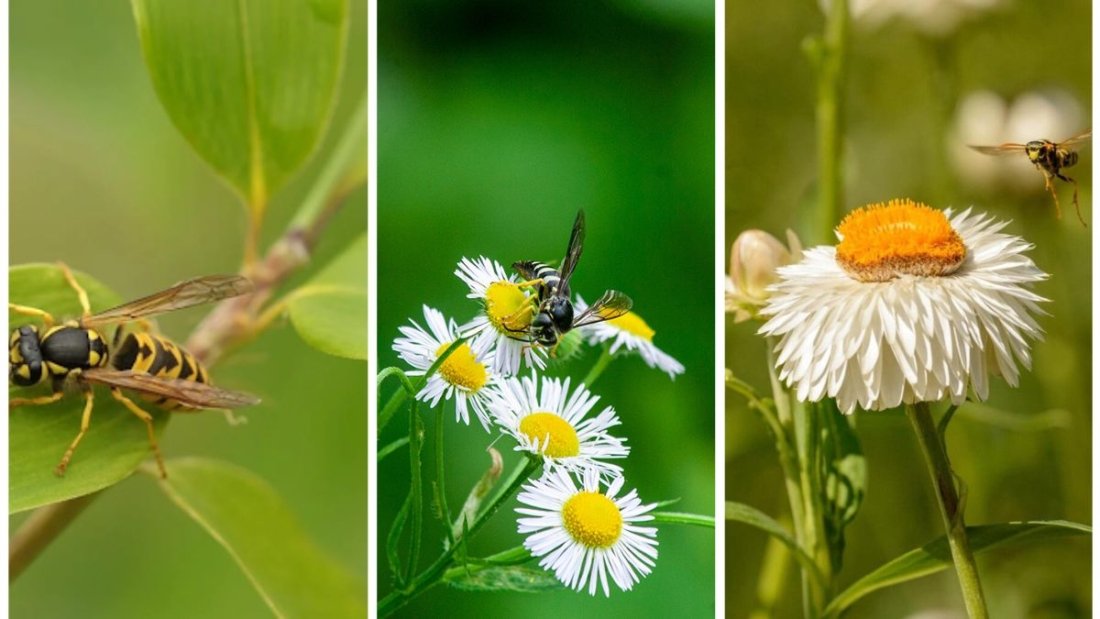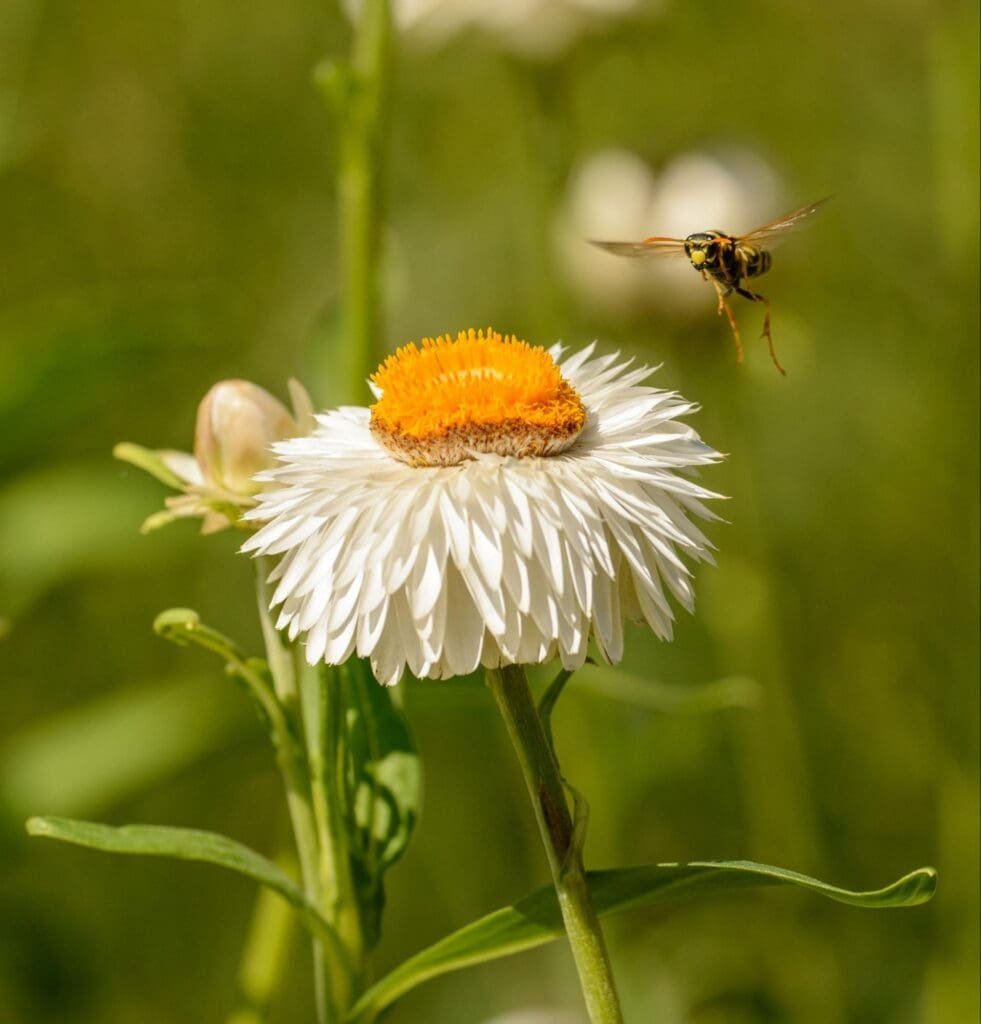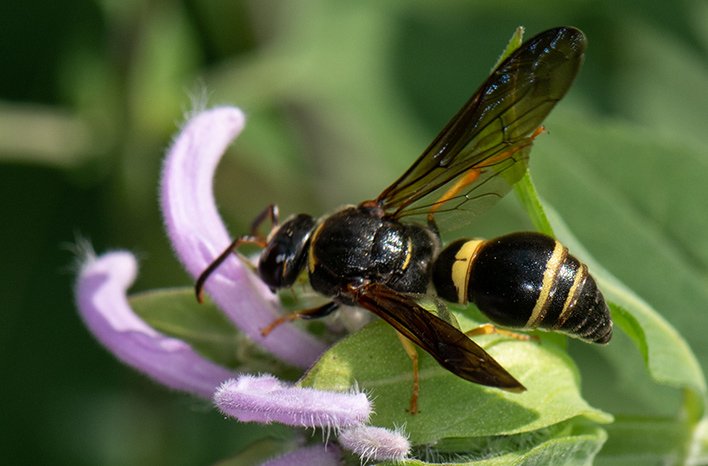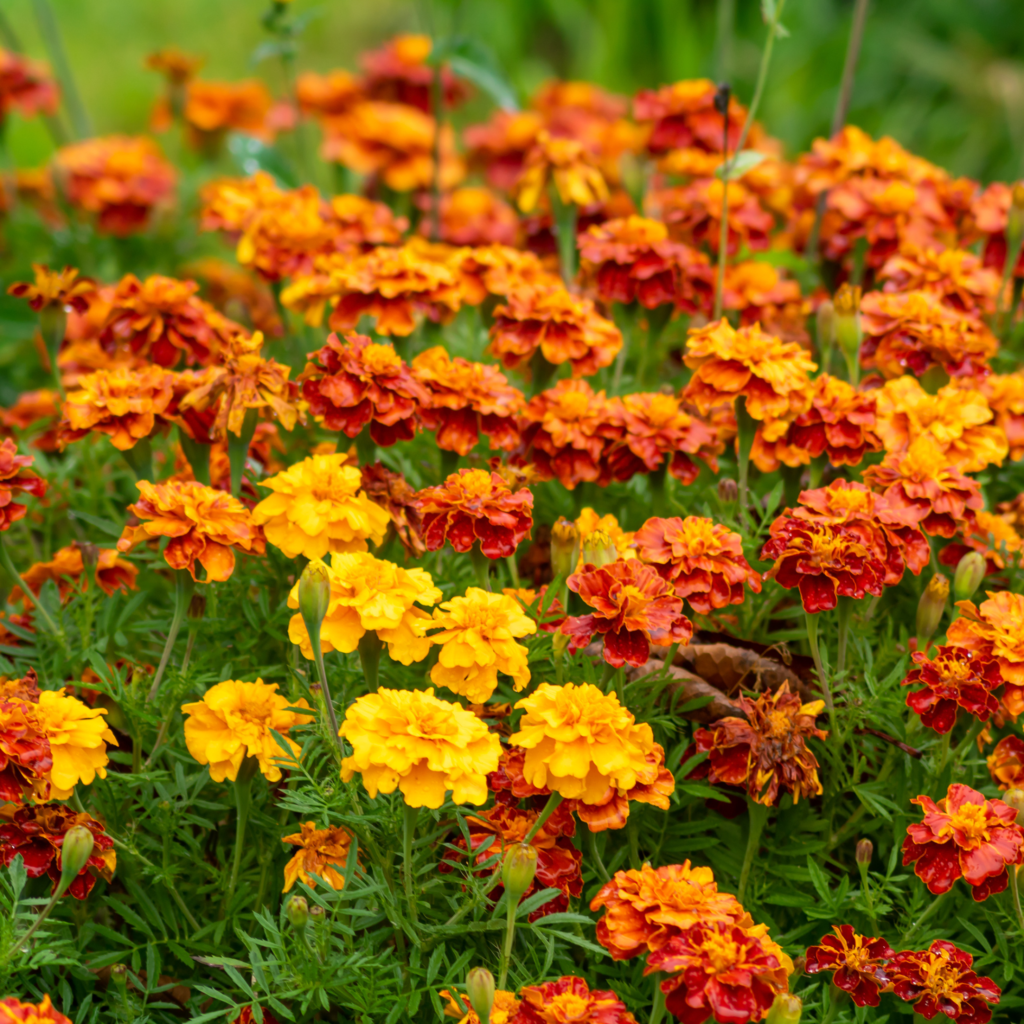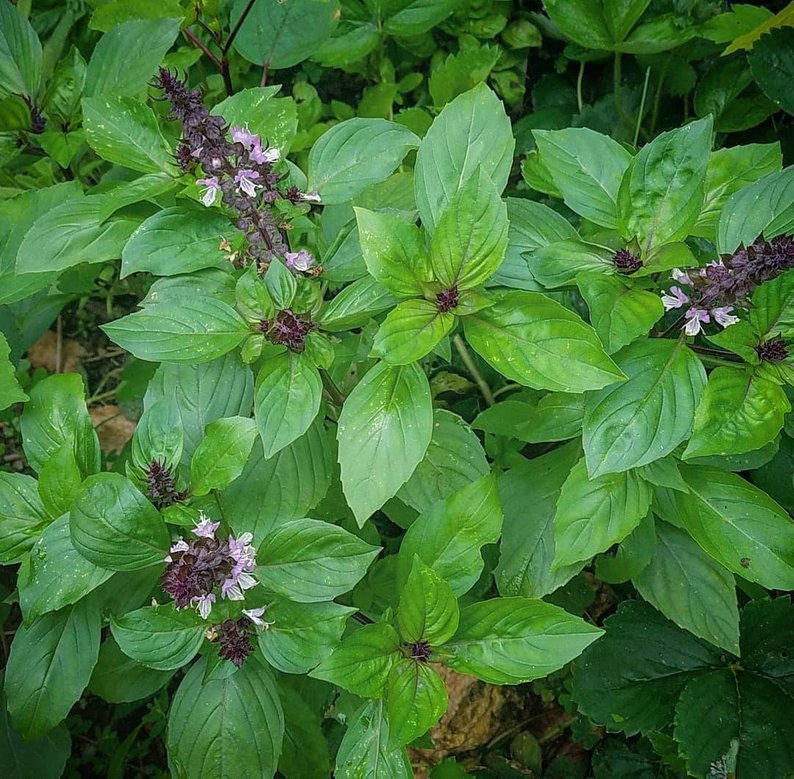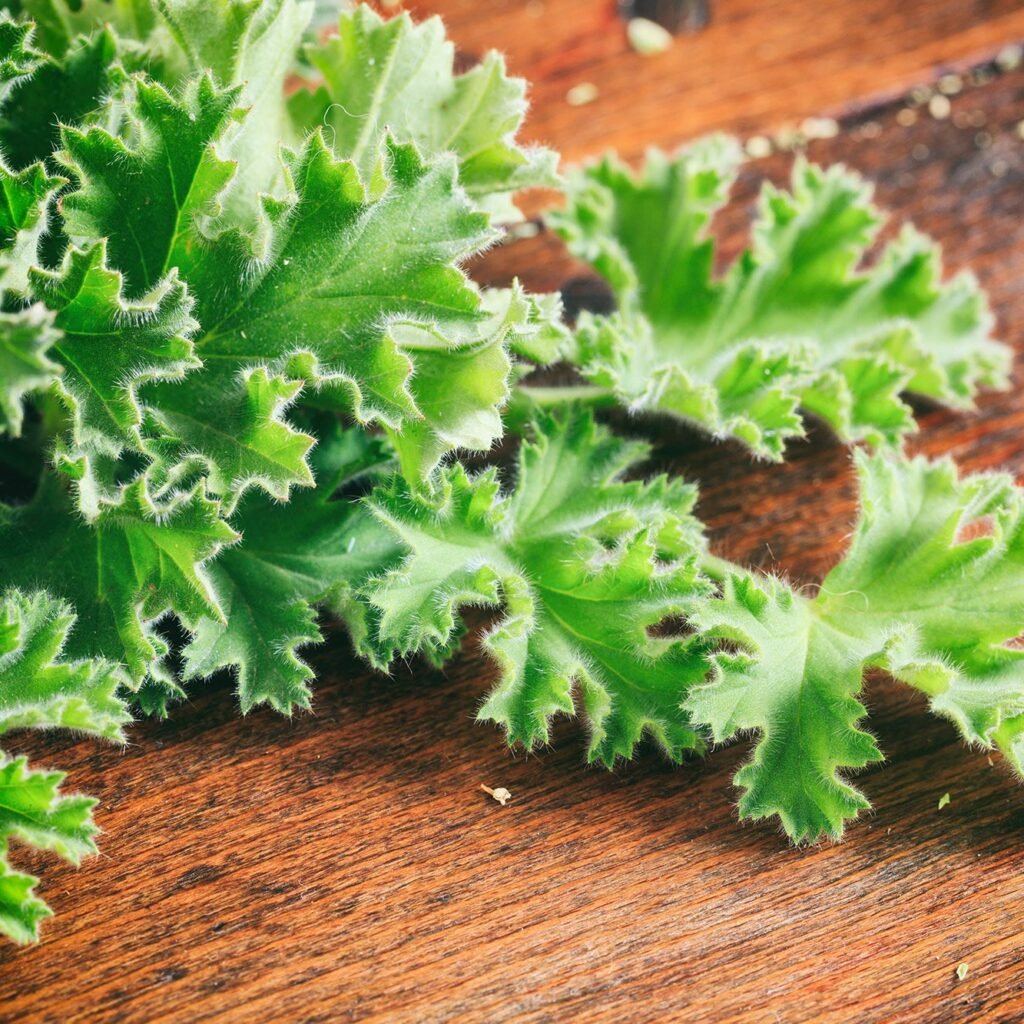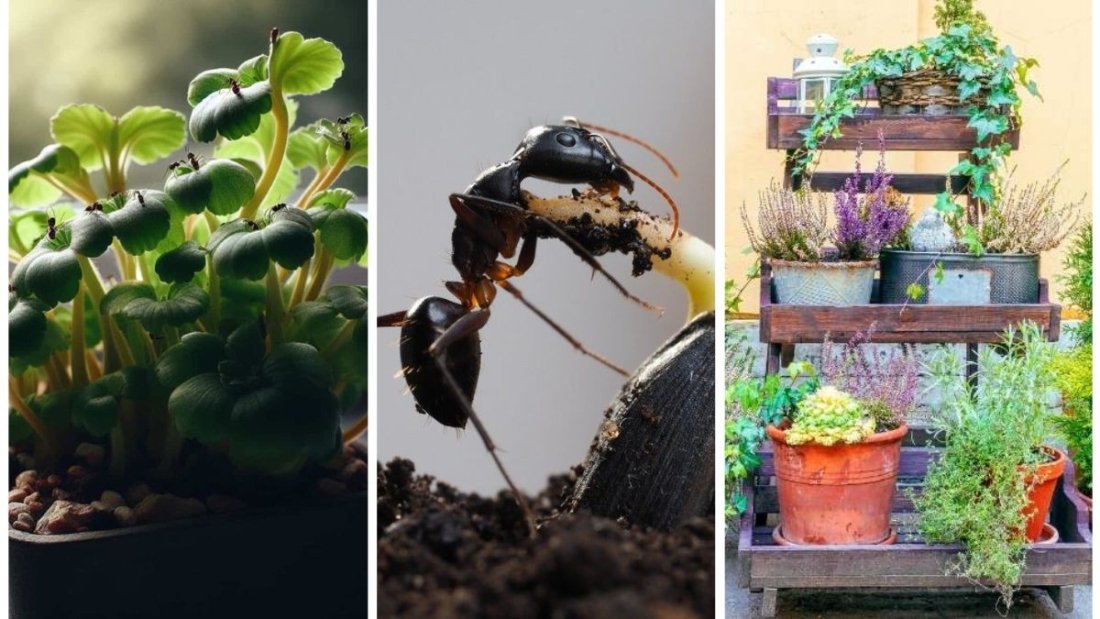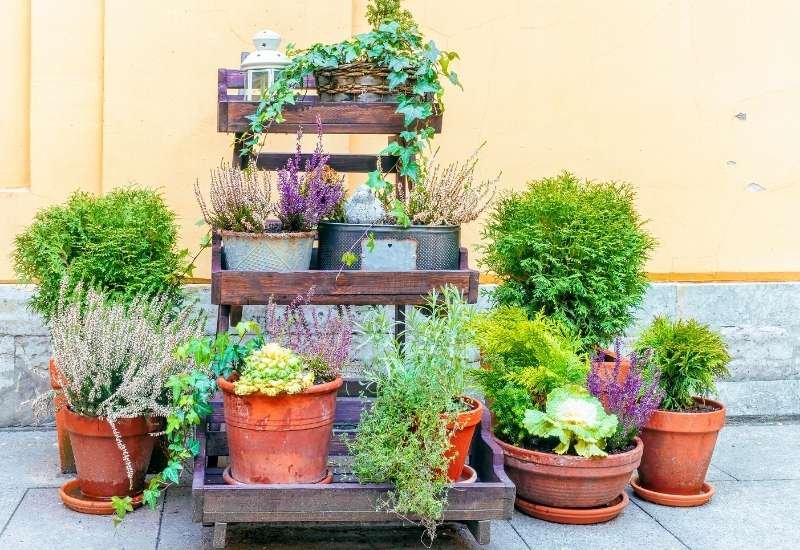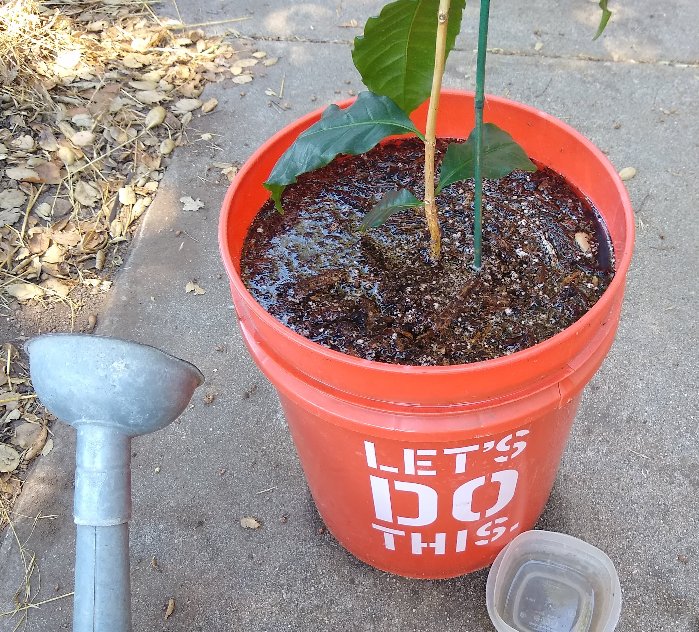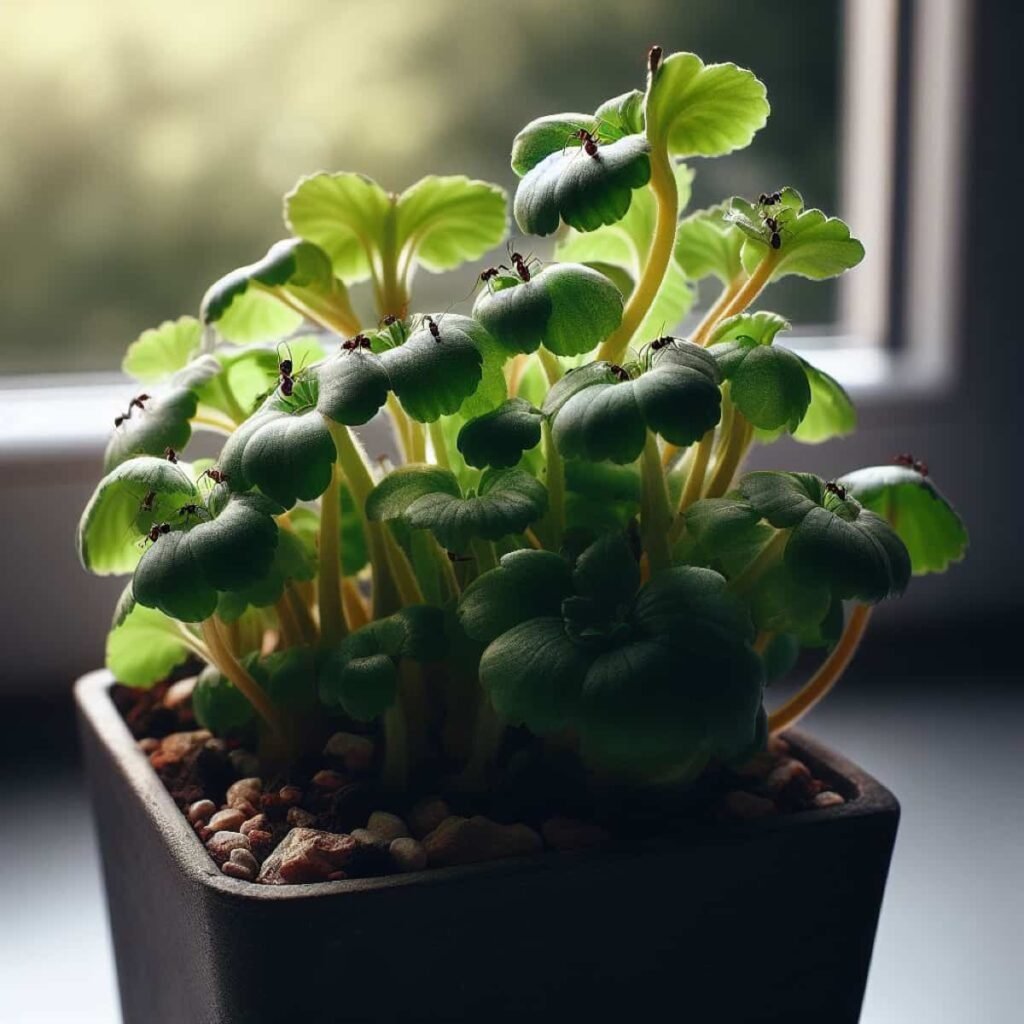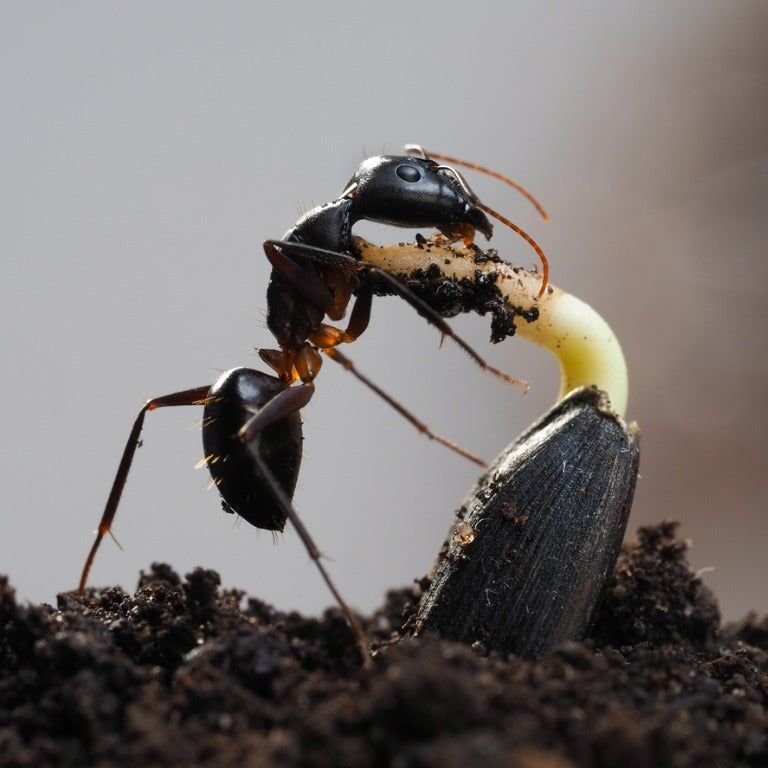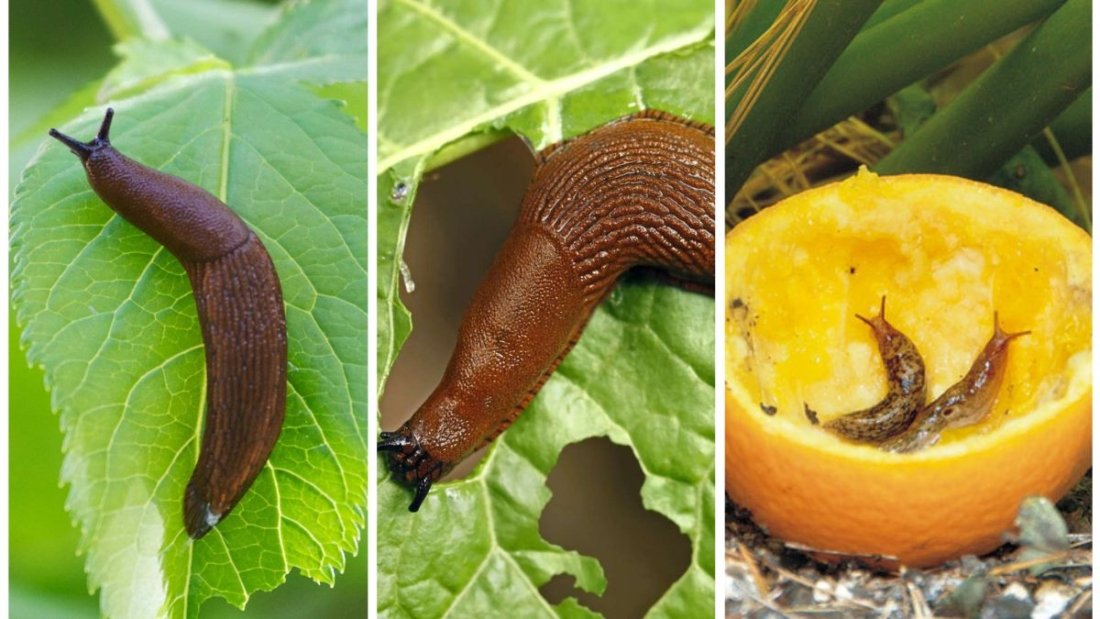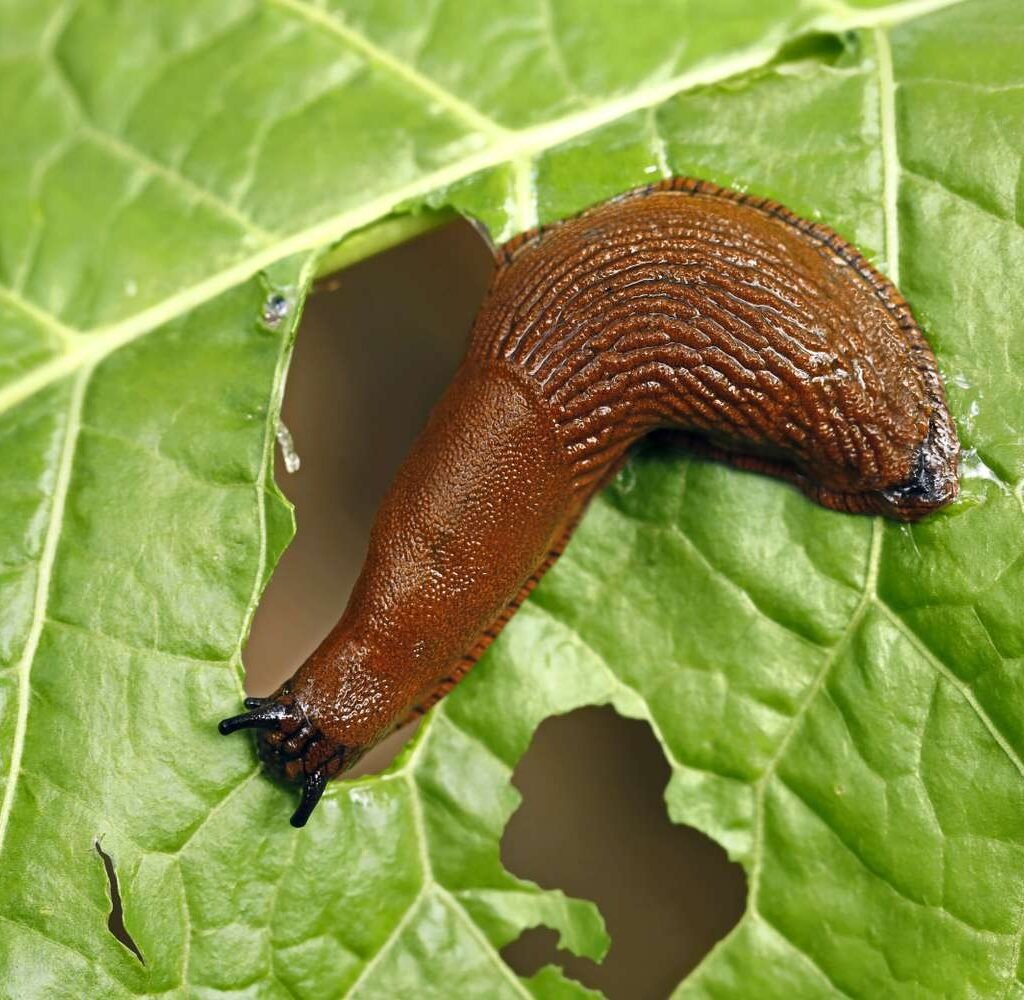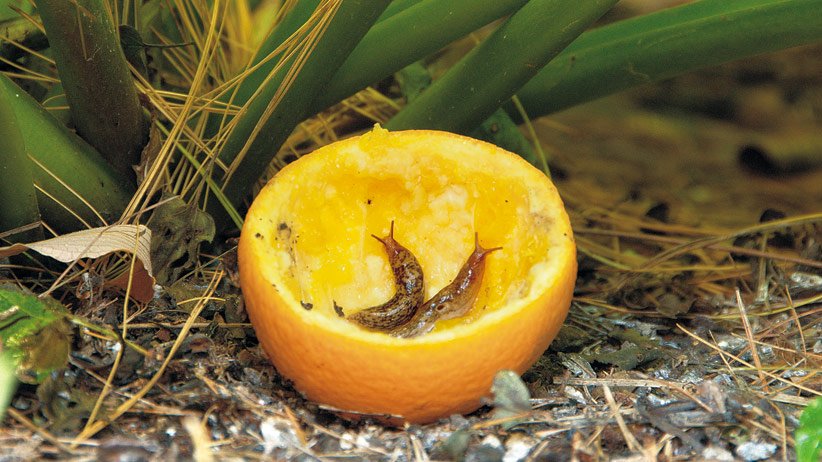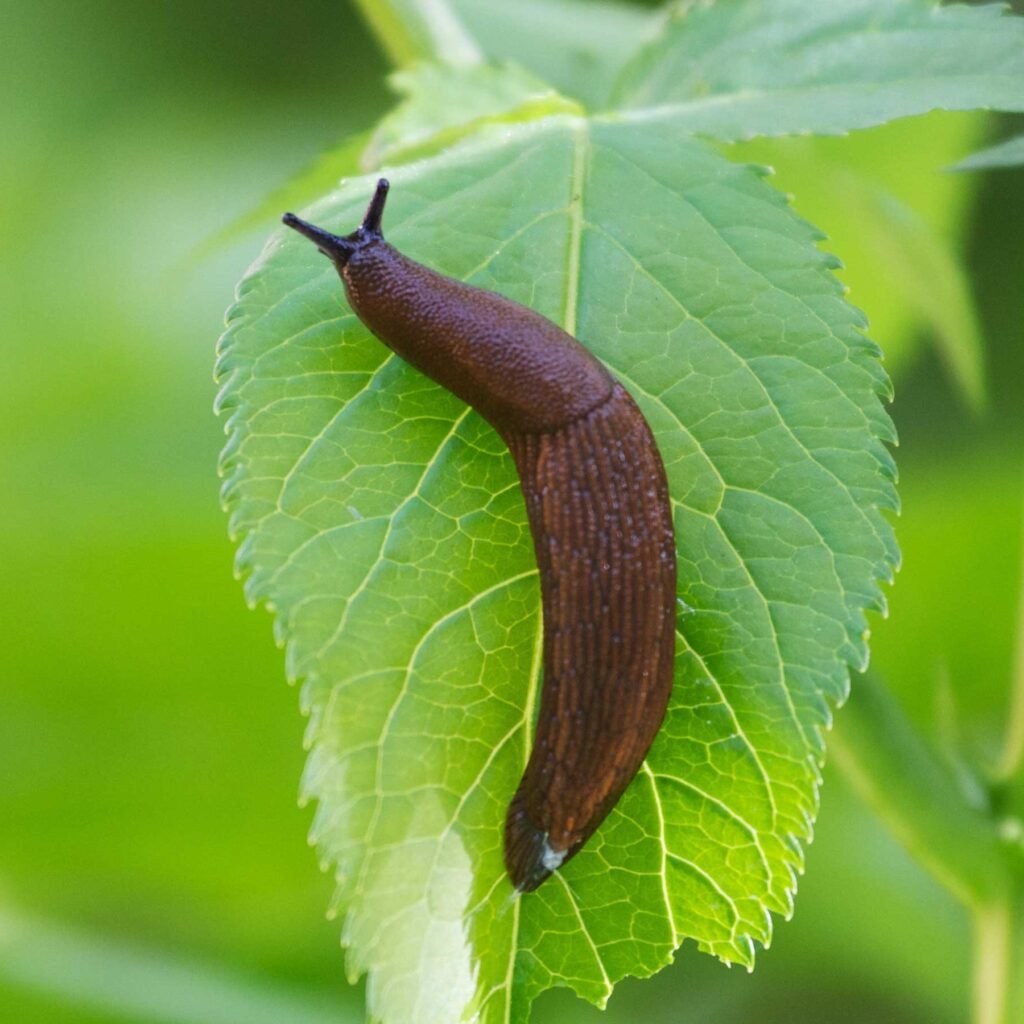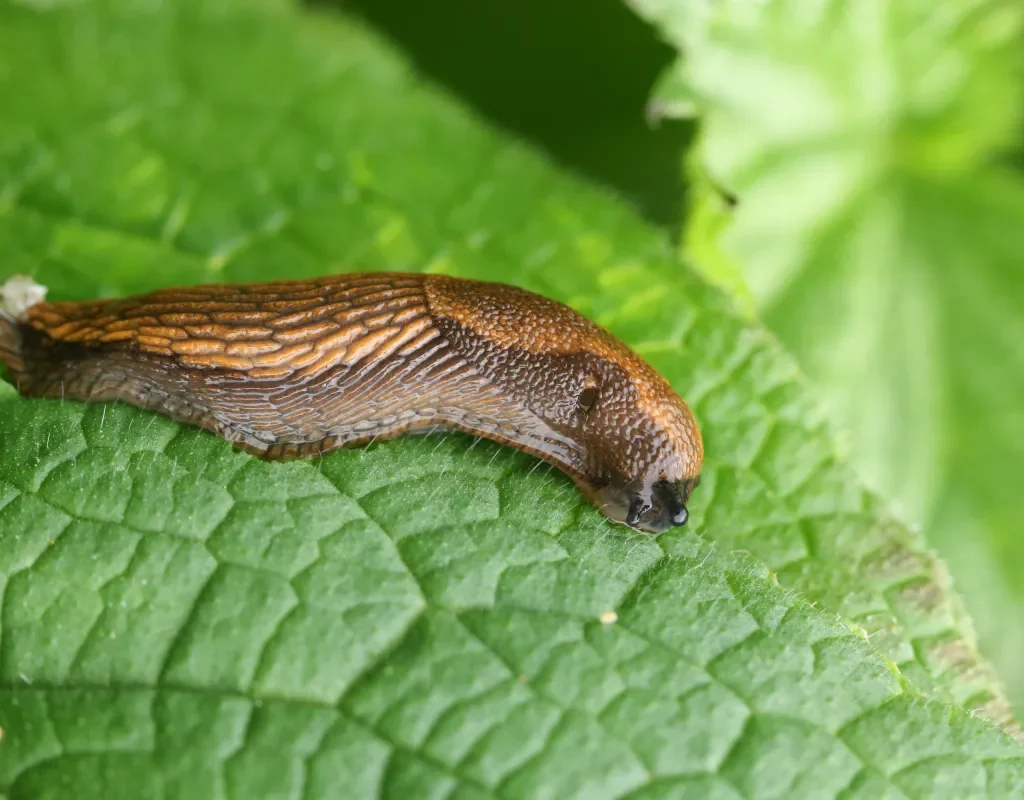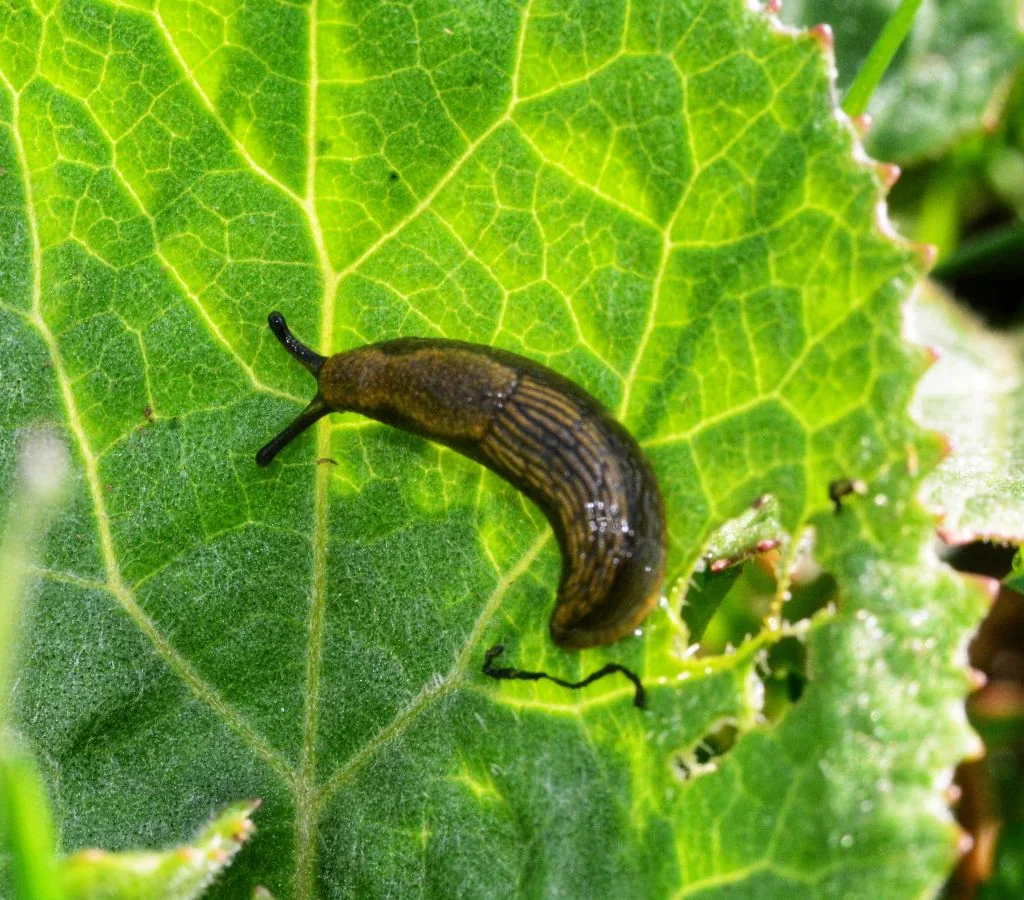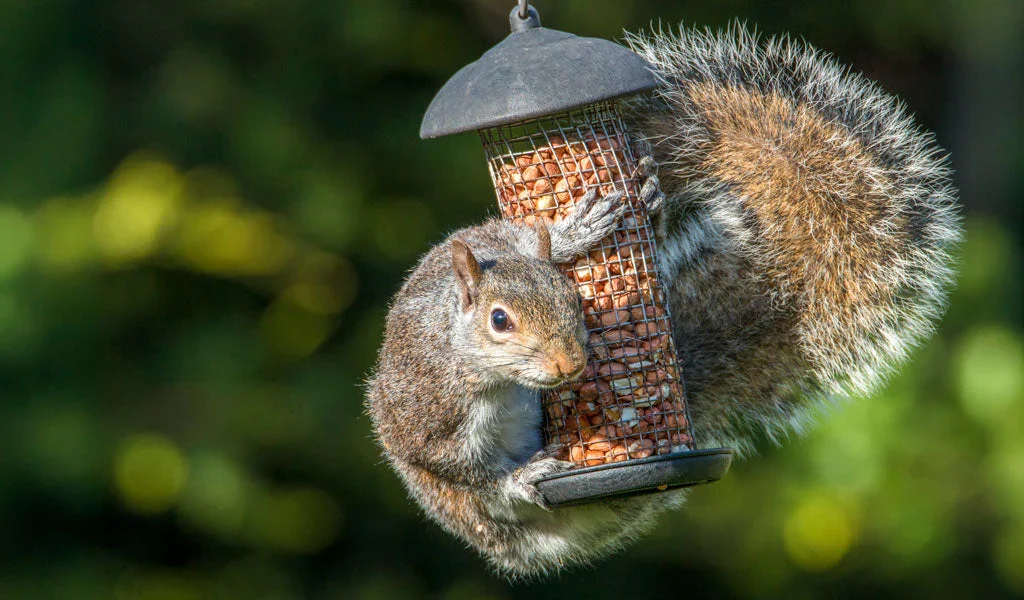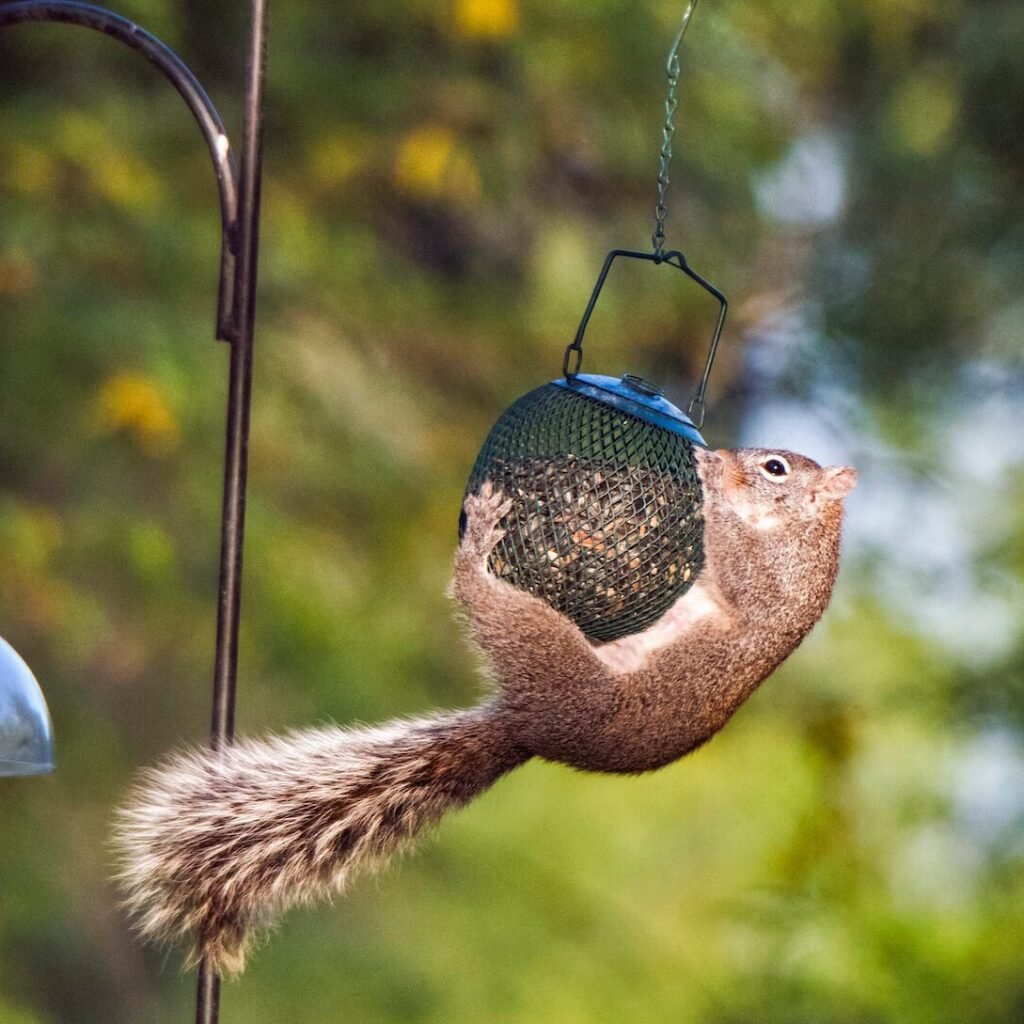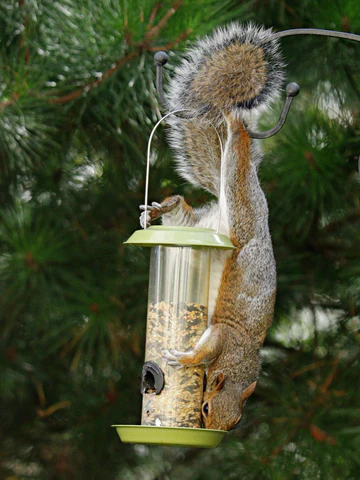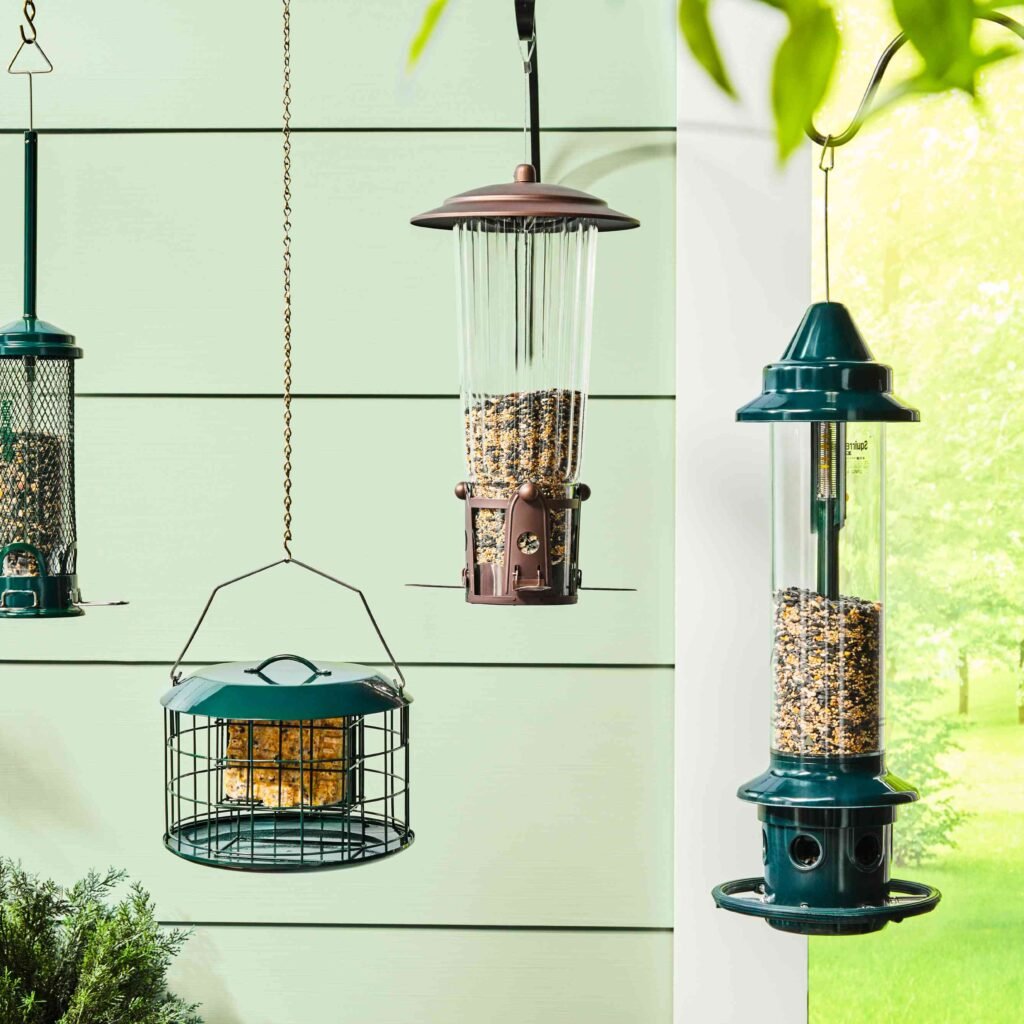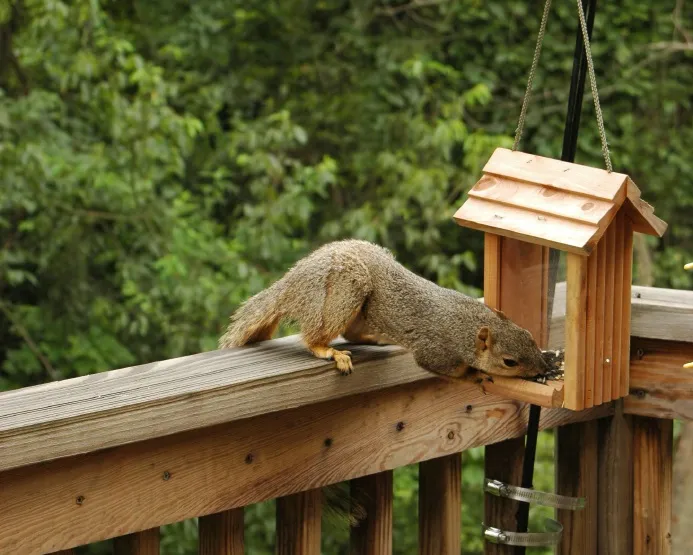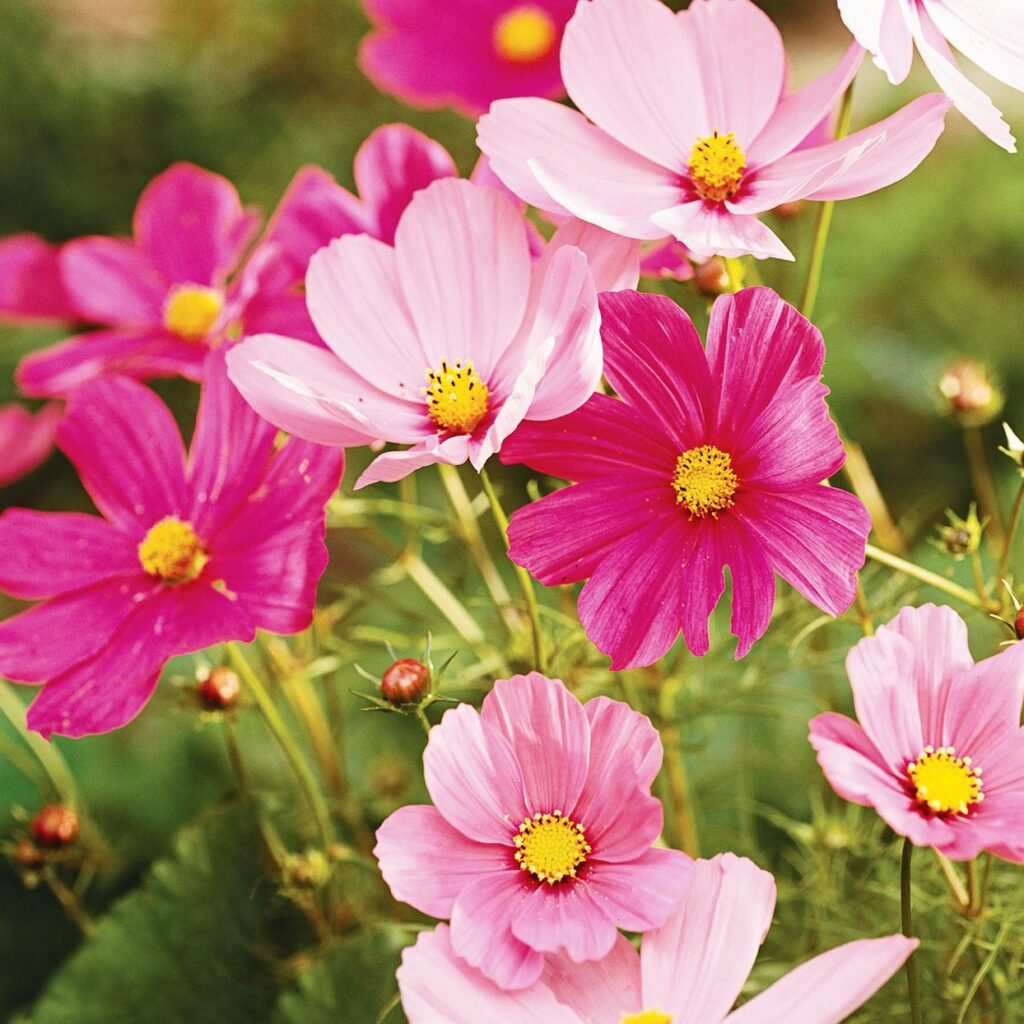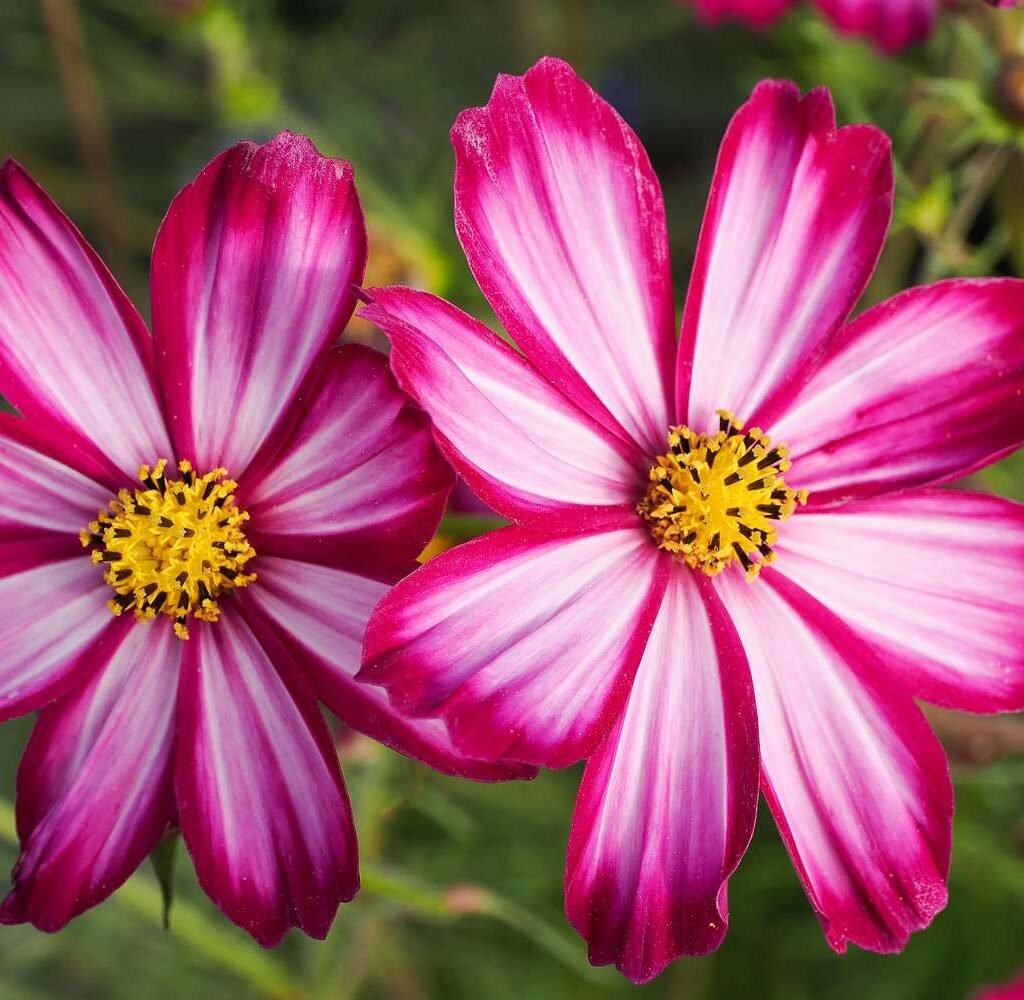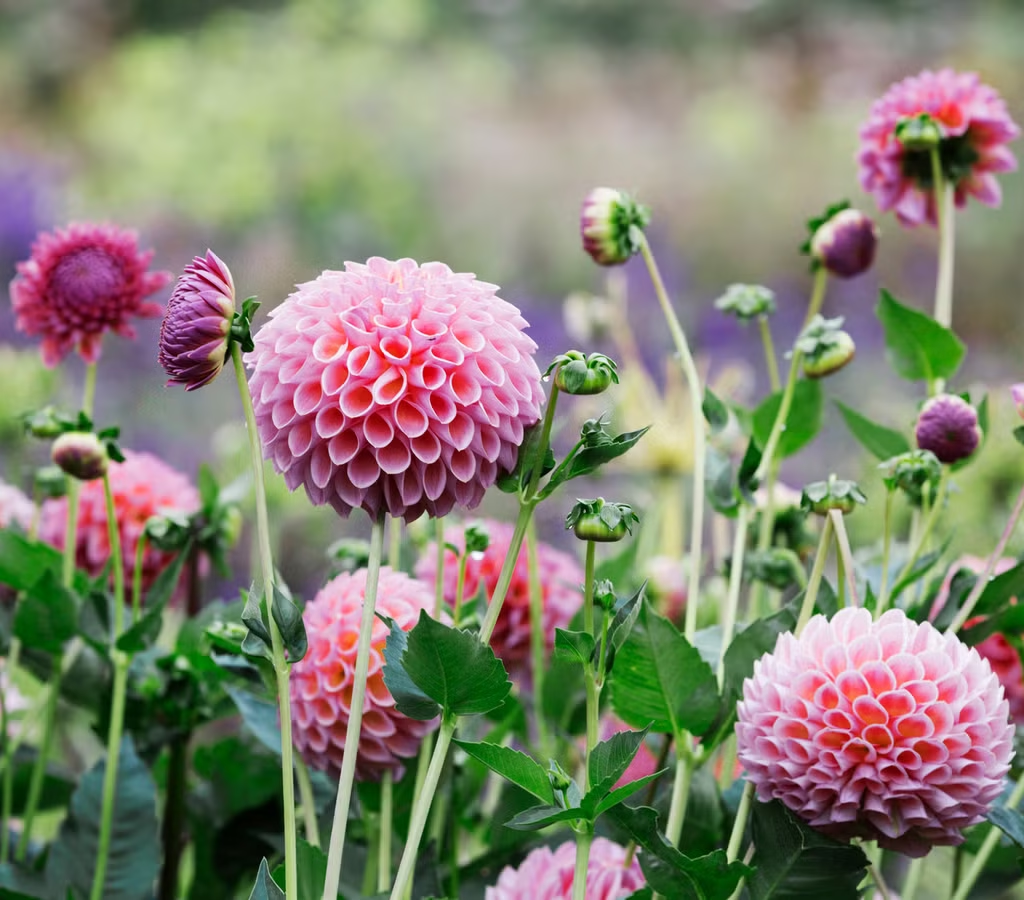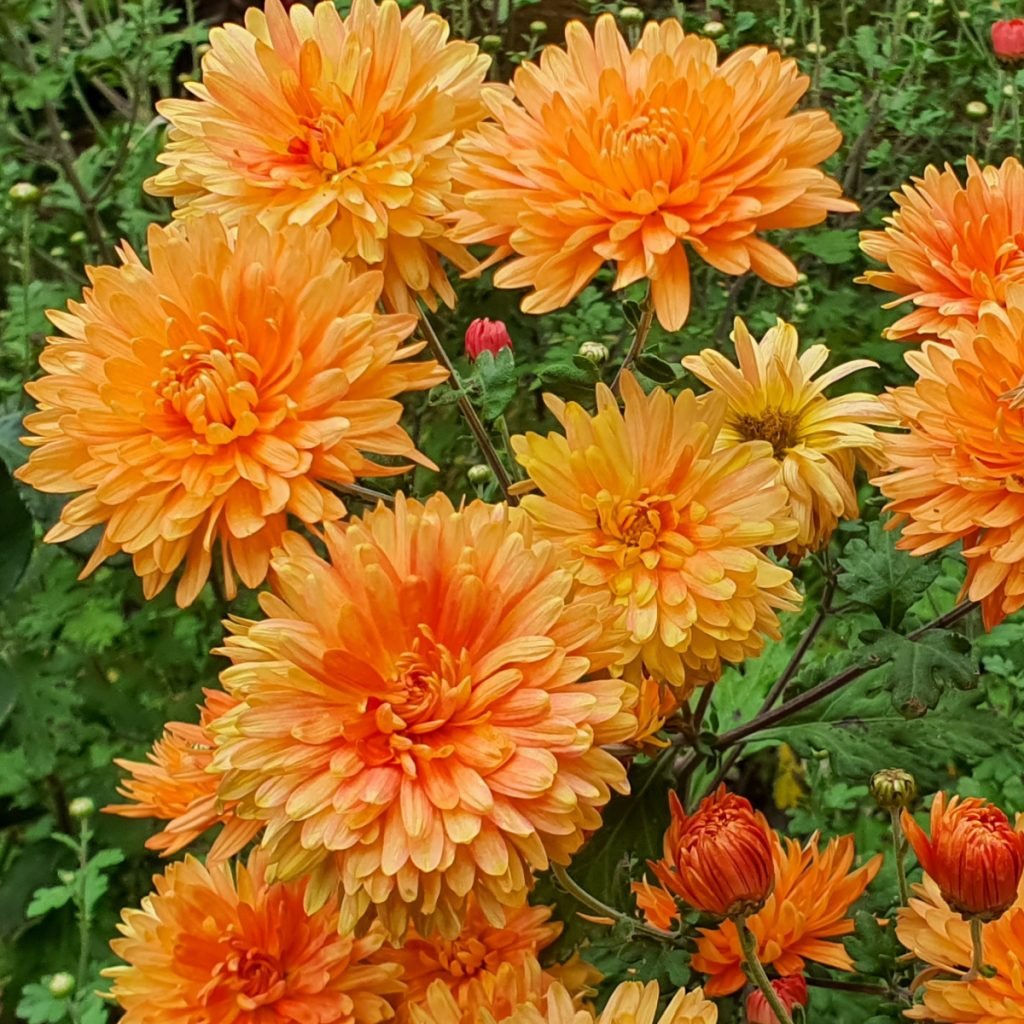In today’s fast-paced world, where time is often scarce, maintaining a beautiful garden without dedicating endless hours to upkeep has become a priority for many homeowners and landscapers alike. Shrubs are a fundamental part of garden design—they provide structure, color, texture, and even privacy. But what if you could enjoy all these benefits without constant watering, pruning, or pest control? Enter the world of low-maintenance shrubs.
This article highlights five exceptional shrubs that require almost no maintenance, making them perfect for busy gardeners, beginners, or anyone looking for hassle-free greenery that thrives with minimal care. Each shrub is detailed with its key characteristics, growth habits, care tips, and landscape uses to help you make informed choices that combine beauty with simplicity.
Why Choose Low-Maintenance Shrubs?
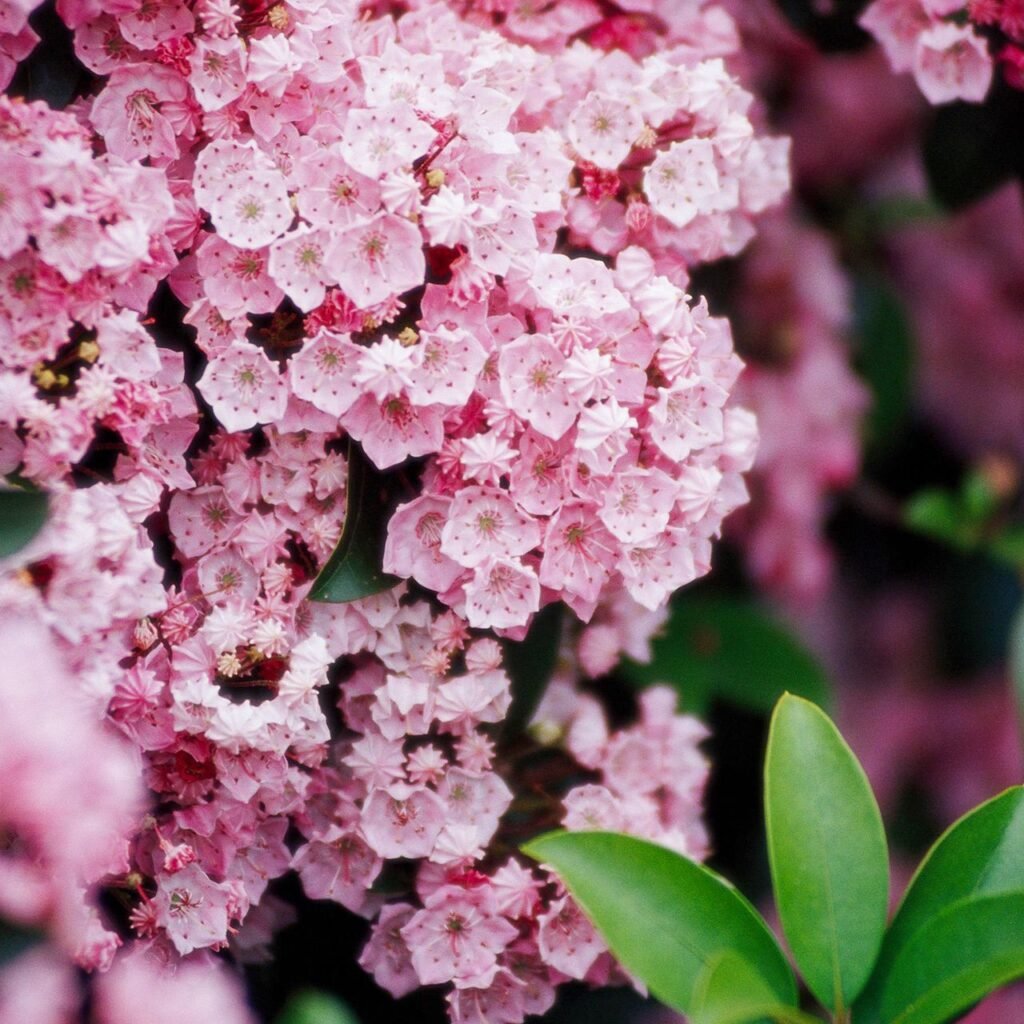
Low-maintenance shrubs offer numerous advantages:
- Time-saving: Require little pruning, fertilizing, or watering.
- Cost-effective: Reduce expenses on water, fertilizers, pesticides, and gardening services.
- Environmental benefits: Often drought-tolerant and pest-resistant, reducing chemical use.
- Aesthetic value: Provide year-round structure and color with minimal effort.
Whether you want to create a natural privacy screen, add texture to your flower beds, or soften hardscape elements, low-maintenance shrubs can deliver consistent performance without demanding your constant attention.
1. Boxwood (Buxus spp.)
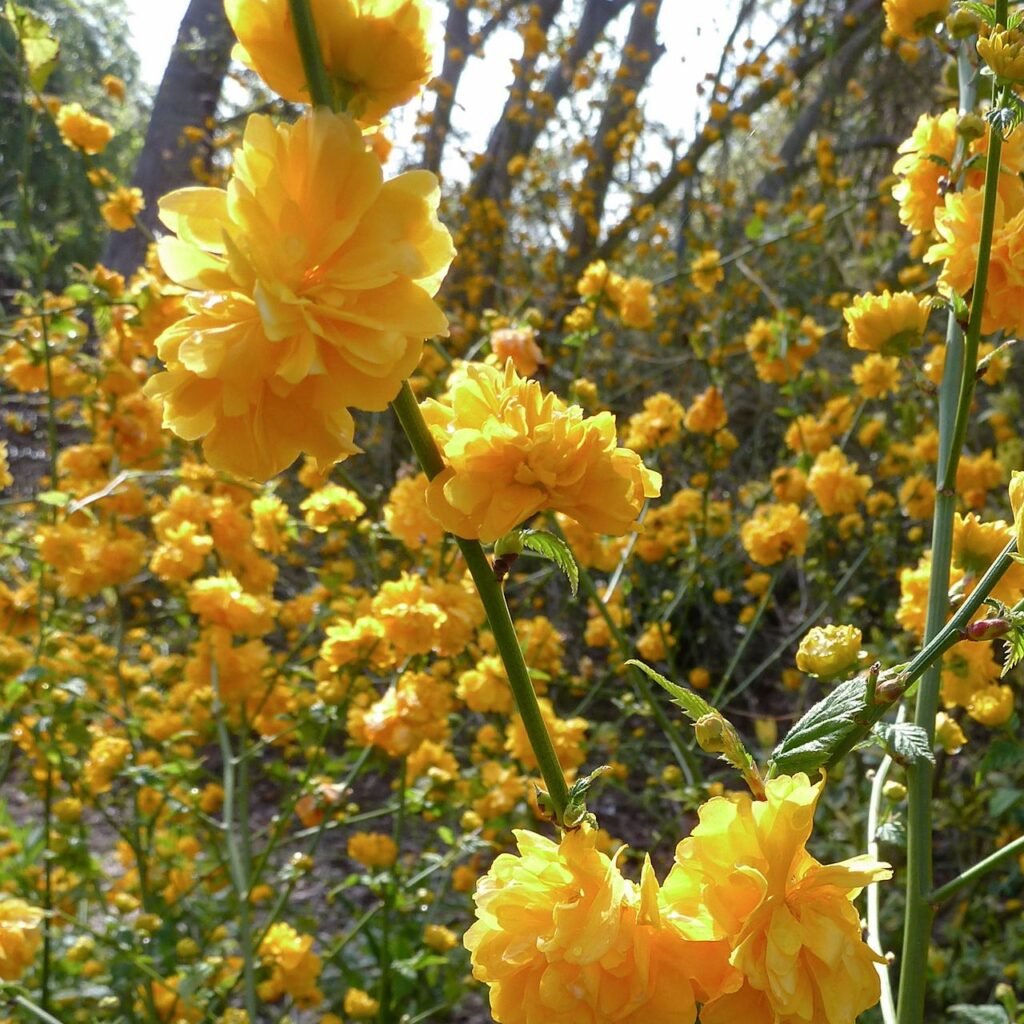
Overview
Boxwood is a classic evergreen shrub renowned for its dense foliage and versatility. It is often used in formal gardens, hedges, and borders.
Key Characteristics
- Size and Shape: Typically grows 2 to 6 feet tall, with a naturally rounded or columnar shape depending on the variety.
- Foliage: Small, glossy, dark green leaves that remain vibrant year-round.
- Growth Rate: Slow to moderate.
Why It’s Low Maintenance
Boxwoods are remarkably hardy and require minimal pruning to maintain their shape. They tolerate a wide range of soils, prefer partial to full sun, and are relatively drought-tolerant once established. Boxwoods have few pest problems and are resilient in urban environments.
Care Tips
- Water regularly during establishment but reduce frequency once the plant matures.
- Light pruning once a year to maintain desired shape.
- Mulch to retain moisture and suppress weeds.
Landscape Uses
Perfect for formal hedges, foundation plantings, or container gardens, Boxwoods add year-round structure and elegance.
2. Spirea (Spiraea spp.)

Overview
Spirea is a deciduous shrub prized for its clusters of colorful flowers and vibrant fall foliage.
Key Characteristics
- Size and Shape: Typically 2 to 4 feet tall with a rounded, mounded form.
- Foliage: Medium green leaves that turn bright red, orange, or yellow in fall.
- Flowers: Produces showy clusters of white, pink, or red flowers in late spring to summer.
Why It’s Low Maintenance
Spirea tolerates a wide range of soils and light conditions, including poor soil and full sun. It rarely suffers from pests or diseases and requires minimal pruning. The shrub blooms on new wood, so light pruning in early spring promotes continuous flowering without complex care.
Care Tips
- Prune lightly after flowering to maintain shape and encourage growth.
- Water regularly until established; afterward, it tolerates dry conditions.
- Fertilize sparingly.
Landscape Uses
Spirea works well as a mass planting, border shrub, or low hedge, adding seasonal color with minimal upkeep.
3. Juniper (Juniperus spp.)

Overview
Junipers are evergreen conifers known for their adaptability and distinctive foliage, ranging from needle-like to scale-like.
Key Characteristics
- Size and Shape: Highly variable, from low groundcovers to tall upright shrubs (1 to 20 feet depending on variety).
- Foliage: Blue-green to silver-green, aromatic, and dense.
- Growth Rate: Slow to moderate.
Why It’s Low Maintenance
Junipers thrive in poor soils, including rocky or sandy conditions, and require very little water once established. They are drought-tolerant, pest-resistant, and don’t require pruning unless you want to control their shape. They are extremely hardy and withstand cold, heat, and drought with ease.
Care Tips
- Plant in full sun for best foliage color.
- Minimal watering needed after establishment.
- Prune occasionally to shape if desired.
Landscape Uses
Ideal for erosion control, ground cover, rock gardens, or as accent plants.
4. Red Twig Dogwood (Cornus sericea)

Overview
Red Twig Dogwood is a deciduous shrub celebrated for its striking red stems, especially vibrant in winter.
Key Characteristics
- Size and Shape: Typically 6 to 9 feet tall with a rounded, spreading habit.
- Foliage: Medium green leaves that turn yellow in fall.
- Stems: Bright red stems in winter provide year-round interest.
Why It’s Low Maintenance
Red Twig Dogwood is extremely adaptable to various soil types, including wet or poorly drained soils. It is pest-resistant and needs minimal pruning—typically just thinning every few years to maintain healthy growth. The shrub is tolerant of cold climates and benefits from little supplemental watering once established.
Care Tips
- Prune in late winter or early spring to encourage new red stems.
- Water moderately during establishment.
- Mulch to suppress weeds and retain moisture.
Landscape Uses
Perfect for naturalized areas, wildlife gardens, or as a colorful winter focal point.
5. Lavender (Lavandula spp.)
Overview
Lavender is a fragrant, drought-tolerant shrub widely known for its aromatic flowers and silvery foliage.
Key Characteristics
- Size and Shape: Typically grows 1 to 3 feet tall with a bushy, compact form.
- Foliage: Narrow, gray-green leaves covered with fine hairs.
- Flowers: Purple, pink, or white spikes bloom from late spring to early summer.
Why It’s Low Maintenance
Lavender thrives in hot, dry conditions and poor soils, making it extremely drought-tolerant. It requires little fertilizer or watering once established and attracts pollinators like bees and butterflies. Lavender is also resistant to deer and most pests.
Care Tips
- Plant in full sun with well-drained soil.
- Prune lightly after flowering to maintain shape.
- Avoid overwatering to prevent root rot.
Landscape Uses
Excellent for herb gardens, borders, rock gardens, or container planting, lavender adds fragrance and color with minimal effort.
How to Ensure Success with Low-Maintenance Shrubs
While these shrubs are known for their low care requirements, some basic steps help guarantee healthy growth and longevity:
1. Proper Planting
Plant shrubs at the right depth and spacing to allow airflow and reduce disease risk. Amending the soil with organic matter can help if your soil is very poor.
2. Mulching
Mulch around the base conserves moisture, regulates temperature, and suppresses weeds, reducing the need for intervention.
3. Watering During Establishment
Even drought-tolerant shrubs need regular watering for their first year or two to establish strong roots.
4. Monitoring for Pests and Diseases
Low-maintenance doesn’t mean no-maintenance. Regular checks for signs of stress, pests, or diseases ensure problems are caught early and managed with minimal intervention.
Conclusion
Choosing shrubs that require almost no maintenance is a smart strategy for creating a beautiful, sustainable garden that fits your lifestyle. Boxwood, Spirea, Juniper, Red Twig Dogwood, and Lavender each bring unique benefits—from evergreen structure to seasonal color and fragrance—all while demanding minimal water, pruning, or fertilization.
By selecting these resilient, adaptable shrubs and following a few simple care tips, you can enjoy a thriving, attractive landscape with far less effort. Whether you’re a busy professional, a novice gardener, or someone who simply prefers to spend more time enjoying your garden than maintaining it, these low-maintenance shrubs are the perfect addition to your outdoor space.
